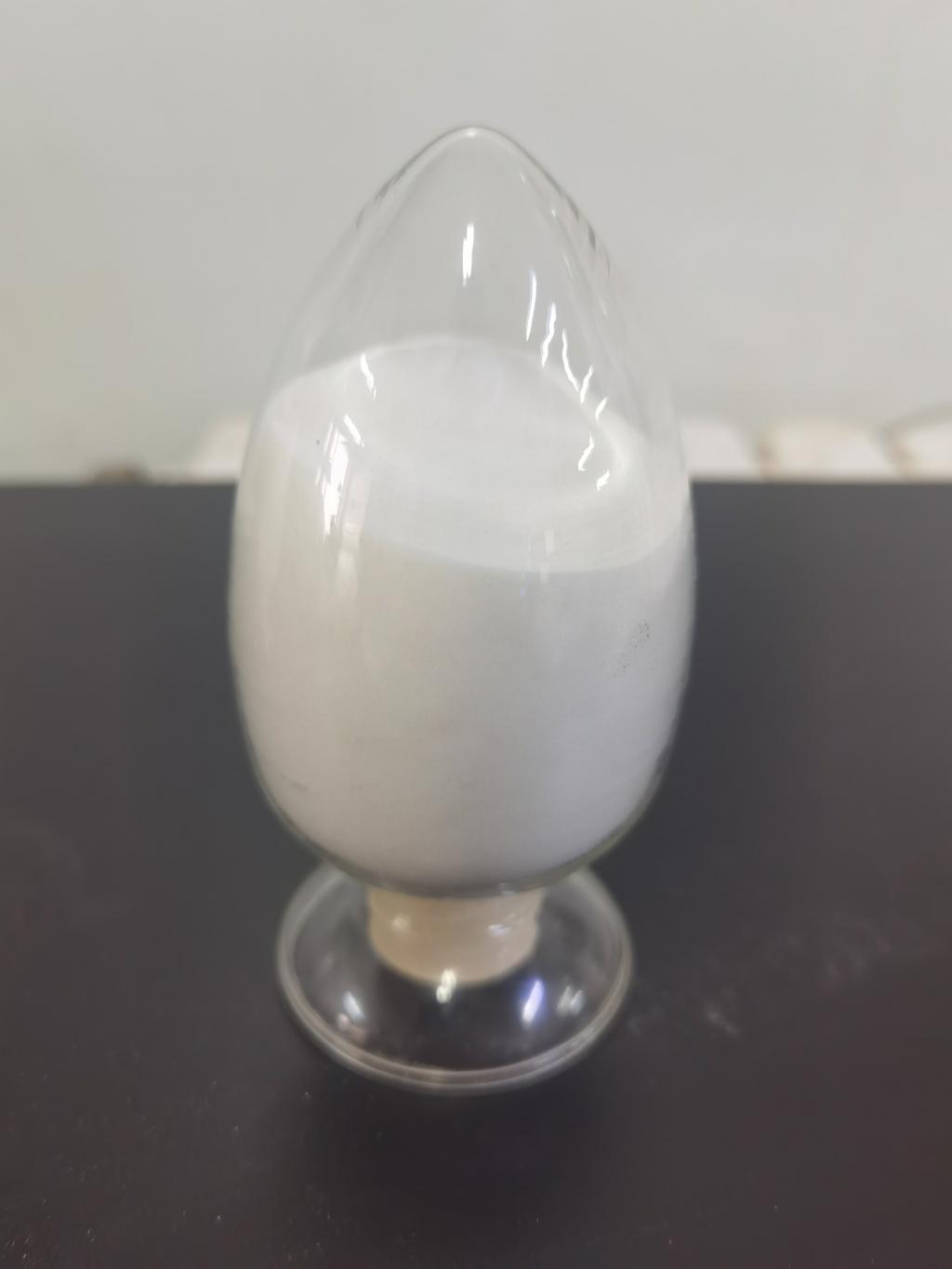Tel:+8618231198596

News
 CONTACT
CONTACT
 CONTACT
CONTACT
- Linkman:Linda Yao
- Tel: +8618231198596
- Email:linda.yao@dcpharma.cn
- Linkman:CHARLES.WANG
- Department:Overseas
- Tel: 0086 0311-85537378 0086 0311-85539701
News
Current Position:
Home >
News
>Precision Solutions in Food Quality Assurance: ε-Polylysine Hydrochloride's Role
Precision Solutions in Food Quality Assurance: ε-Polylysine Hydrochloride's Role
TIME:2024-02-21
I. The Imperative for Precision in Food Quality Assurance:
a. Evolving Consumer Expectations:
Consumers today are increasingly conscious of the quality, safety, and authenticity of the food they consume. The demand for transparency, traceability, and stringent quality standards has heightened, necessitating precision solutions in the food industry to meet these evolving expectations.
b. Regulatory Compliance:
Stringent regulations and standards set by health authorities and food safety agencies globally underscore the need for precision in food quality assurance. Compliance with these regulations is not only a legal requirement but also an integral part of maintaining public trust and ensuring the health and well-being of consumers.
II. Introduction to ε-Polylysine Hydrochloride:
a. Nature and Production:
ε-Polylysine Hydrochloride is a naturally occurring biopolymer produced through the fermentation process of Streptomyces albulus. It is a cationic polyamide with unique antimicrobial properties. The natural origin of ε-Polylysine Hydrochloride makes it an attractive choice for applications in food quality assurance.
b. Antimicrobial Properties:
One of the distinctive features of ε-Polylysine Hydrochloride is its antimicrobial activity. It is effective against a broad spectrum of bacteria, including pathogenic strains. This property positions ε-Polylysine Hydrochloride as a valuable tool in ensuring the microbiological safety of food products.
III. Applications of ε-Polylysine Hydrochloride in Food Quality Assurance:
a. Preservation of Fresh Produce:
One of the critical challenges in the food industry is preventing spoilage and extending the shelf life of fresh produce. ε-Polylysine Hydrochloride can be applied to fruits and vegetables, acting as a natural preservative to inhibit the growth of spoilage organisms and pathogens, thereby enhancing the quality and safety of fresh produce.
b. Meat and Poultry Industry:
In the meat and poultry industry, where the risk of bacterial contamination is high, ε-Polylysine Hydrochloride can play a pivotal role. Its antimicrobial properties contribute to the reduction of harmful bacteria, ensuring the microbiological safety of meat products and minimizing the risk of foodborne illnesses.
c. Preservation of Processed Foods:
Processed foods often face challenges related to shelf life and susceptibility to spoilage. Incorporating ε-Polylysine Hydrochloride into the production process of items like sauces, condiments, and ready-to-eat meals can enhance their preservation, maintaining quality and safety for consumers.
IV. Benefits of ε-Polylysine Hydrochloride in Food Quality Assurance:
a. Natural and Non-Toxic:
ε-Polylysine Hydrochloride is a natural substance produced through fermentation, making it inherently non-toxic. Unlike some synthetic preservatives, its use does not introduce harmful chemicals into food products, aligning with the growing consumer demand for natural and clean-label ingredients.
b. Broad-Spectrum Antimicrobial Activity:
The broad-spectrum antimicrobial activity of ε-Polylysine Hydrochloride ensures its effectiveness against a wide range of bacteria. This versatility makes it a valuable asset in addressing various microbial challenges encountered in different segments of the food industry.
c. Minimal Impact on Flavor and Texture:
One of the challenges with some traditional preservatives is their potential to impact the flavor and texture of food products. ε-Polylysine Hydrochloride, when used in appropriate concentrations, minimally affects the sensory attributes of food, allowing manufacturers to maintain the desired taste and texture of their products.
d. Contribution to Clean-Label Trend:
As consumers increasingly seek transparency in food labeling, the use of natural and recognizable ingredients is gaining prominence. ε-Polylysine Hydrochloride aligns with the clean-label trend, providing food manufacturers with an effective solution that meets consumer preferences for simplicity and transparency.
V. Challenges and Considerations:
a. Regulatory Approval and Compliance:
While ε-Polylysine Hydrochloride is generally recognized as safe (GRAS), obtaining regulatory approval for its use in specific food applications may vary across regions. Navigating the regulatory landscape and ensuring compliance with local regulations are essential considerations for widespread adoption.
b. Cost Considerations:
The production cost of ε-Polylysine Hydrochloride can be a factor influencing its adoption in the food industry. As with any innovative ingredient, optimizing production processes and achieving economies of scale are crucial to making it cost-effective for manufacturers.
VI. Case Studies and Success Stories:
Highlighting case studies and success stories where ε-Polylysine Hydrochloride has been successfully integrated into food quality assurance processes can provide tangible examples of its effectiveness. Showcase instances where its use has led to improved product quality, extended shelf life, and enhanced consumer satisfaction.
VII. Future Directions and Innovations:
Explore potential future directions and innovations in the application of ε-Polylysine Hydrochloride in food quality assurance. Consider advancements in research, technology, and collaborative efforts that may further enhance its efficacy and expand its applications in ensuring the safety and quality of food products.
VIII. Conclusion:
In conclusion, ε-Polylysine Hydrochloride emerges as a precision solution in the realm of food quality assurance, addressing the evolving needs of both consumers and the industry. Its natural origin, antimicrobial properties, and versatility make it a valuable tool for preserving the safety and quality of a diverse range of food products. As the food industry continues to navigate challenges related to quality and safety, ε-Polylysine Hydrochloride stands as a beacon of innovation, contributing to a future where food products are not only delicious but also consistently safe and reliable.
- Tel:+8618231198596
- Whatsapp:18231198596
- Chat With Skype







